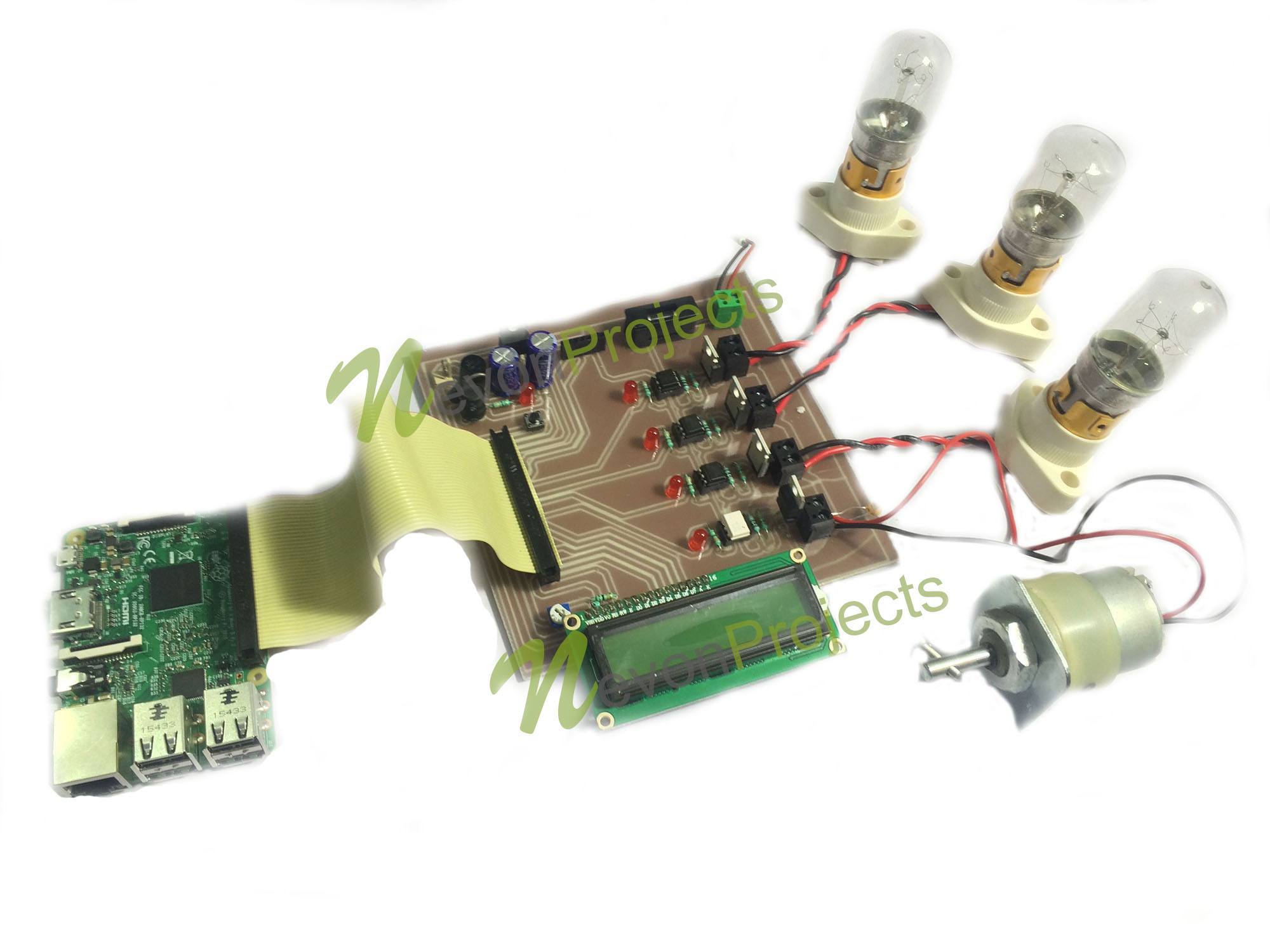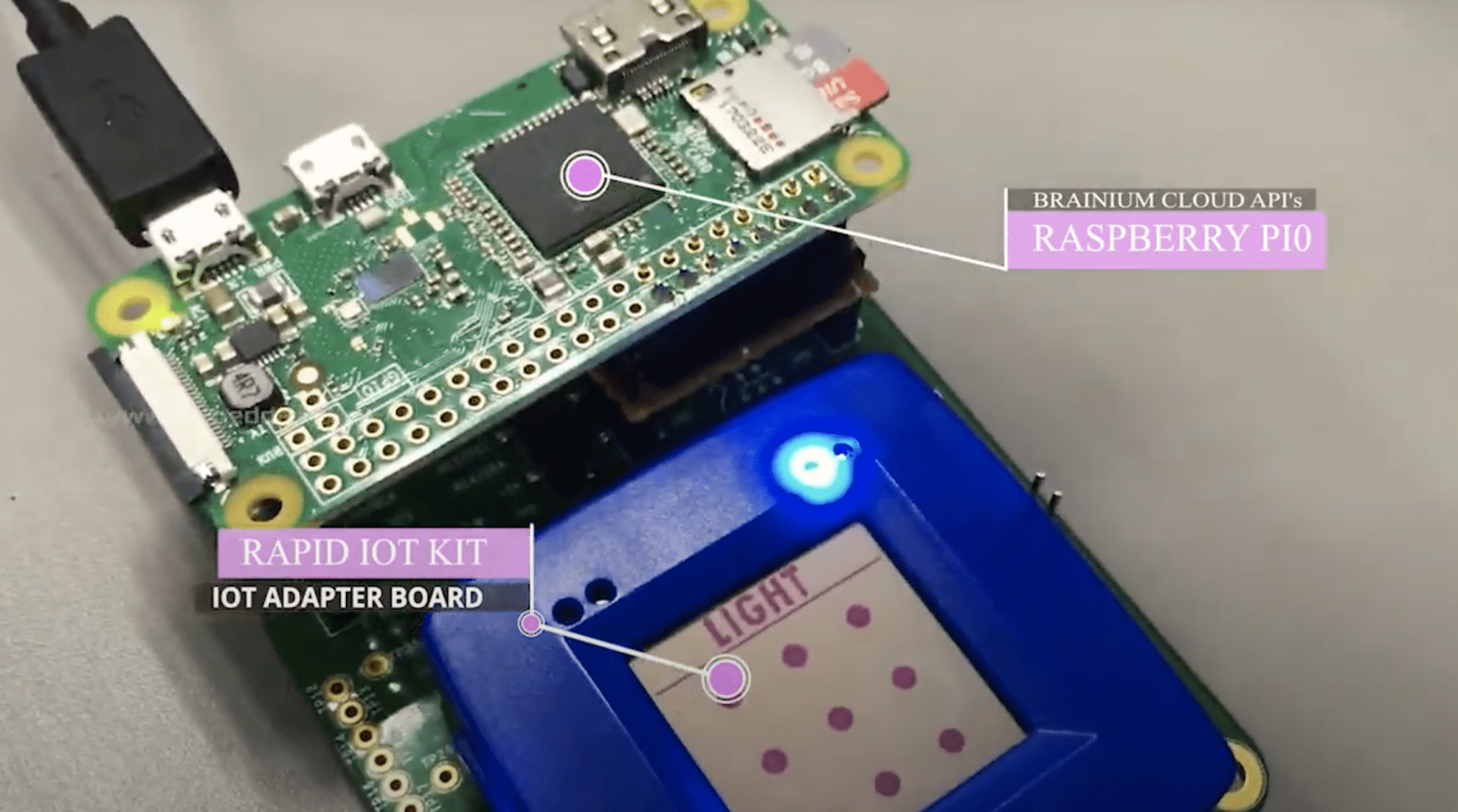Securely Connect Remote IoT VPC Raspberry Pi For Free: A Comprehensive Guide
Connecting remote IoT devices to a VPC using Raspberry Pi securely and for free is becoming increasingly important as more businesses and individuals adopt IoT technology. The rise of IoT has opened up new possibilities for automation and data collection, but it also introduces significant security challenges. Ensuring secure communication between devices and networks is critical to protecting sensitive information.
In today's interconnected world, the ability to manage and monitor IoT devices remotely is essential. However, achieving this without compromising security can be complex. This guide aims to simplify the process by providing step-by-step instructions on how to securely connect remote IoT devices to a VPC using Raspberry Pi, without incurring additional costs.
Whether you're a hobbyist, entrepreneur, or professional developer, understanding how to implement secure connections is vital. By following the strategies outlined in this article, you'll be equipped with the knowledge and tools to protect your IoT infrastructure while maximizing efficiency and cost-effectiveness.
Table of Contents
- Introduction to IoT and VPC Connectivity
- Raspberry Pi Overview and Its Role in IoT
- Basics of Secure IoT Connections
- Understanding VPC Architecture
- Setting Up Raspberry Pi for IoT
- Essential Tools and Software for Secure Connections
- Methods for Securely Connecting IoT Devices
- Optimizing Performance and Security
- Troubleshooting Common Issues
- Conclusion and Next Steps
Introduction to IoT and VPC Connectivity
What is IoT?
The Internet of Things (IoT) refers to the network of physical devices embedded with sensors, software, and connectivity that enables them to exchange data. IoT devices range from simple sensors to complex machines, all designed to enhance automation and data-driven decision-making.
Why VPC Matters in IoT
A Virtual Private Cloud (VPC) provides a secure and isolated environment for IoT devices to operate within. By leveraging a VPC, you can control access, manage traffic, and enhance security, ensuring that sensitive data remains protected. The ability to connect remote IoT devices to a VPC is crucial for maintaining a robust and secure infrastructure.
Cost-Effective Solutions
While many commercial solutions exist for IoT connectivity, they often come with significant costs. This guide focuses on achieving secure connectivity for free, using open-source tools and hardware like Raspberry Pi. By eliminating unnecessary expenses, you can allocate resources more effectively while maintaining high security standards.
Raspberry Pi Overview and Its Role in IoT
Understanding Raspberry Pi
Raspberry Pi is a compact, affordable single-board computer designed for a wide range of applications, including IoT. Its versatility, low power consumption, and open-source nature make it an ideal choice for building secure IoT solutions.
Key Features of Raspberry Pi
- Compact size and lightweight design
- Support for multiple operating systems
- Wide range of GPIO pins for interfacing with hardware
- Extensive community support and resources
Raspberry Pi in IoT
Raspberry Pi serves as a central hub for IoT devices, enabling communication, data processing, and secure connectivity. By configuring Raspberry Pi as a gateway, you can connect remote IoT devices to a VPC, ensuring that all communication is encrypted and secure.
Basics of Secure IoT Connections
Importance of Security
Securing IoT connections is vital to protect sensitive data and prevent unauthorized access. Vulnerabilities in IoT devices can lead to serious consequences, including data breaches and system compromises. Implementing robust security measures is essential to mitigate these risks.
Key Security Principles
- Encryption: Use encryption protocols to secure data in transit.
- Authentication: Implement strong authentication mechanisms to verify device identities.
- Access Control: Restrict access to authorized users and devices only.
- Regular Updates: Keep software and firmware up to date to address vulnerabilities.
Secure Connection Protocols
Several protocols are commonly used for securing IoT connections, including:
- TLS (Transport Layer Security)
- MQTT with SSL/TLS
- SSH (Secure Shell)
Understanding VPC Architecture
What is a VPC?
A Virtual Private Cloud (VPC) is a virtual network dedicated to your AWS environment, enabling you to launch AWS resources in a logically isolated section of the cloud. VPC provides advanced security and networking features, making it ideal for IoT applications.
VPC Components
- Subnets: Divides the VPC into smaller segments for better organization.
- Security Groups: Acts as a virtual firewall for controlling inbound and outbound traffic.
- Route Tables: Determines the path for network traffic within the VPC.
Benefits of Using VPC for IoT
Using a VPC for IoT devices offers several advantages, including enhanced security, better control over network traffic, and improved scalability. By isolating IoT devices within a VPC, you can protect them from external threats while ensuring reliable communication.
Setting Up Raspberry Pi for IoT
Hardware Requirements
Before setting up Raspberry Pi for IoT, ensure you have the following hardware:
- Raspberry Pi 4 Model B
- MicroSD card (16GB or higher)
- Power supply
- Ethernet cable or Wi-Fi adapter
Software Installation
Install the latest version of Raspberry Pi OS on your microSD card. Use the Raspberry Pi Imager tool to simplify the process. Once installed, configure the operating system by updating packages and setting up networking.
Configuring IoT Services
Install and configure IoT-specific software such as Mosquitto for MQTT communication. Secure the services by enabling encryption and authentication mechanisms. Ensure that all communication between Raspberry Pi and IoT devices is encrypted using TLS.
Essential Tools and Software for Secure Connections
Open-Source Tools
Leverage open-source tools to enhance security and reduce costs. Some recommended tools include:
- OpenSSL for encryption
- Fail2Ban for intrusion prevention
- UFW (Uncomplicated Firewall) for network security
Software for IoT Connectivity
Several software solutions are available for managing IoT devices and securing connections:
- Node-RED: A visual tool for wiring IoT devices and services together.
- Home Assistant: An open-source home automation platform for managing IoT devices.
- MQTT Broker: A messaging protocol for lightweight communication between devices.
Security Best Practices
Implement security best practices to protect your IoT infrastructure:
- Use strong passwords and multi-factor authentication.
- Disable unnecessary services and ports.
- Monitor system logs for suspicious activity.
Methods for Securely Connecting IoT Devices
Using SSH for Secure Access
Secure Shell (SSH) provides encrypted communication between Raspberry Pi and IoT devices. Configure SSH to use key-based authentication instead of passwords for added security.
Implementing TLS for Data Encryption
Transport Layer Security (TLS) ensures that data transmitted between devices is encrypted. Use TLS certificates to authenticate devices and encrypt communication.
Setting Up a VPN
A Virtual Private Network (VPN) creates a secure tunnel for communication between remote IoT devices and Raspberry Pi. Use open-source VPN solutions like OpenVPN to achieve secure connectivity.
Optimizing Performance and Security
Performance Tuning
Optimize Raspberry Pi's performance by disabling unnecessary services, managing memory usage, and using lightweight software. Regularly monitor system resources to identify bottlenecks and improve efficiency.
Security Monitoring
Implement security monitoring tools to detect and respond to potential threats. Use intrusion detection systems (IDS) and log analysis tools to gain insights into system activity.
Regular Maintenance
Perform regular maintenance tasks such as updating software, backing up data, and testing backup systems. This ensures that your IoT infrastructure remains secure and operational.
Troubleshooting Common Issues
Connection Problems
Common connection issues include incorrect network settings, firewall restrictions, and misconfigured services. Use diagnostic tools to identify and resolve these problems.
Security Vulnerabilities
Stay vigilant for security vulnerabilities by monitoring security advisories and applying patches promptly. Regularly review security configurations to ensure they meet current best practices.
Device Compatibility
Ensure that all IoT devices are compatible with Raspberry Pi and the chosen communication protocols. Test devices thoroughly before deploying them in a production environment.
Conclusion and Next Steps
This comprehensive guide has provided you with the knowledge and tools to securely connect remote IoT devices to a VPC using Raspberry Pi for free. By following the strategies outlined, you can protect your IoT infrastructure while maximizing efficiency and cost-effectiveness.
Take the next step by implementing these solutions in your own projects. Share your experiences and challenges in the comments section below, and explore other articles on our site for further insights into IoT and cybersecurity.
We encourage you to stay updated with the latest developments in IoT technology and security practices. By continuously learning and adapting, you can ensure that your IoT infrastructure remains secure and reliable.
Call to Action: Don't forget to bookmark this article for future reference and share it with others who may find it useful. Together, we can build a safer and more connected world.
Article Recommendations

